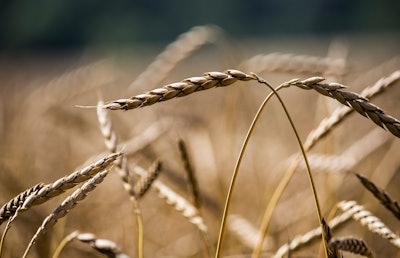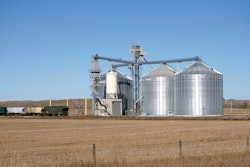
Global grain markets have been managing through a period of extreme price volatility following Russia’s military invasion of Ukraine.
While markets are somewhat calmer now versus at the beginning of March, CoBank sees tight stocks-to-use and price volatility continuing for at least two growing seasons, says Kenneth Scott Zuckerberg, lead economist, Grain and Farm Supply.
CoBank's latest report focuses on two major grain crops that Ukraine exports: corn and wheat.
"Our base case assumes reductions to Ukraine’s current year plantings of corn and wheat and a smaller winter wheat harvest in July/August," says Zuckerberg.
"These assumptions result in a tightening in available stocks-to-use ratios for both commodities. Our forecast calls for corn available stocks/use decreasing from 6.6% in 2021-22 to 4.0% in 2022-23, and wheat decreasing from 15.0% to 10.5%, respectively (“available” stocks exclude Ukraine and China)."
In the near-term, CoBank sees India, Europe, and Australia filling some of the expected shortfall in Ukraine’s wheat exports to the Middle East and North Africa, while the U.S., Brazil and Argentina should be able to pick up the majority of the corn export slack.
"We acknowledge that Russian wheat and corn exports could also decline due to trade finance restrictions, but have purposely excluded Russia from this analysis," says Zuckerberg.
Balancing all factors, grain prices and volatility are both likely to remain elevated (regardless of when the war actually ends) as markets continually assess real and perceived grain supply shortages and re-adjust risk premiums.
High fertilizer prices, crop chemical shortages, and ongoing supply chain problems will contribute to the volatility.
"The current and expected volatility in grain trading has immediate financial implications for U.S. grain cooperatives and multi-national grain traders," says Zuckerberg.
"It will require higher capital levels and excess liquidity to fund the acquisition and storage of grain and cover increased hedging costs."

















